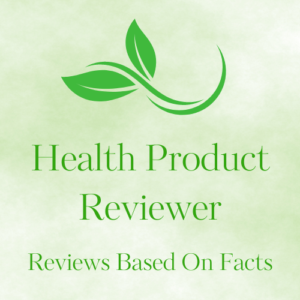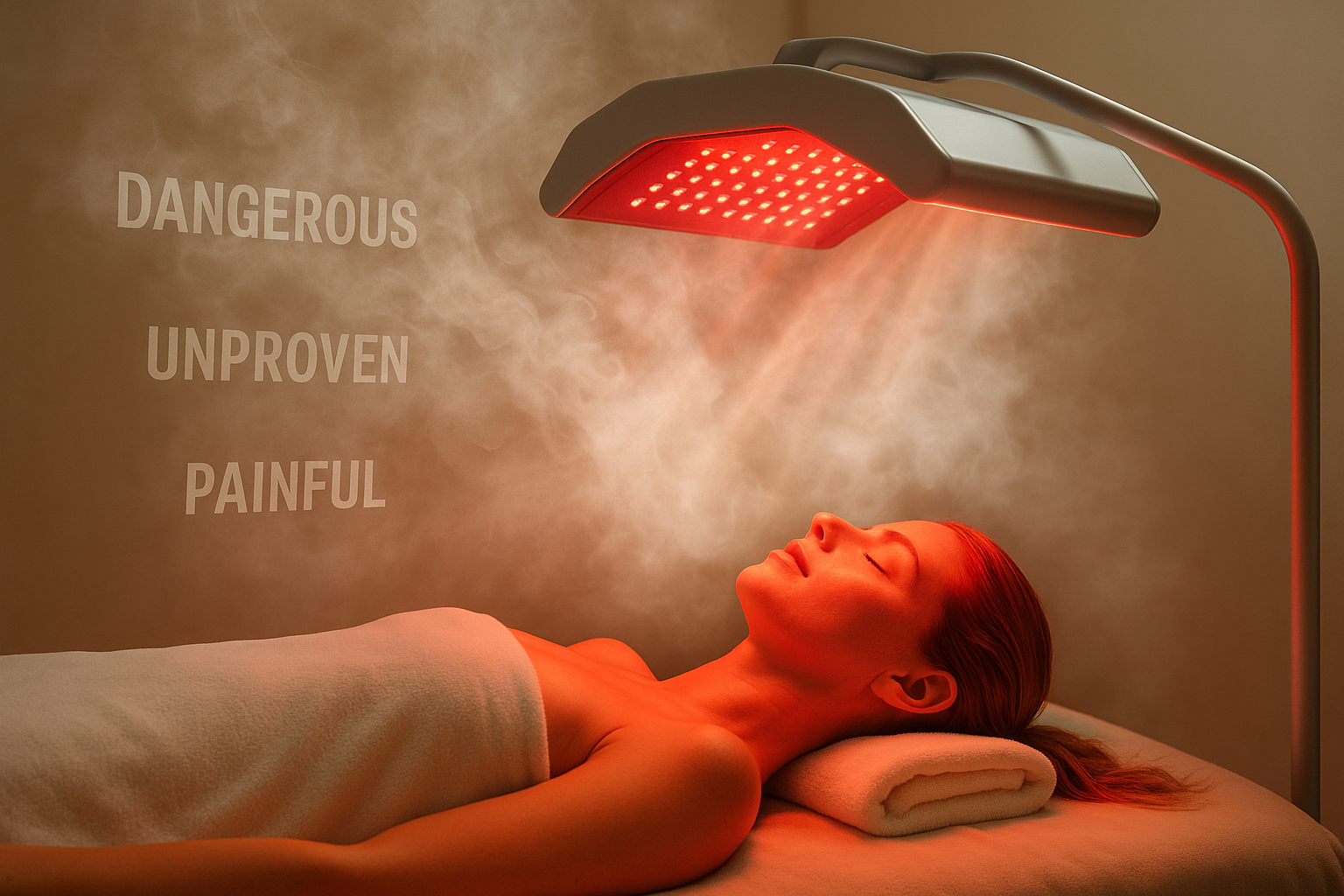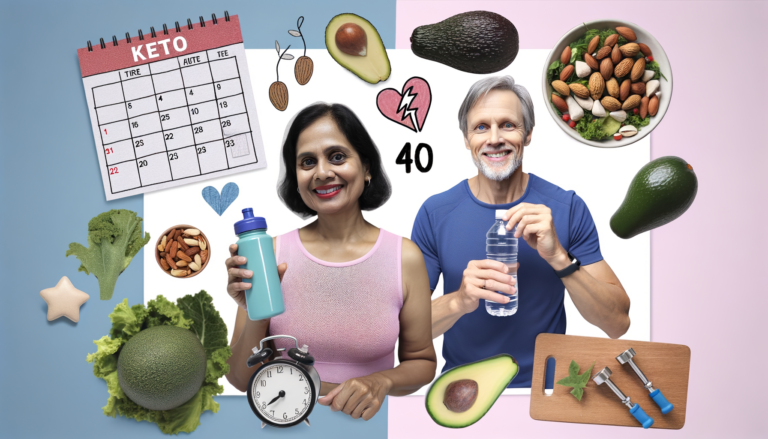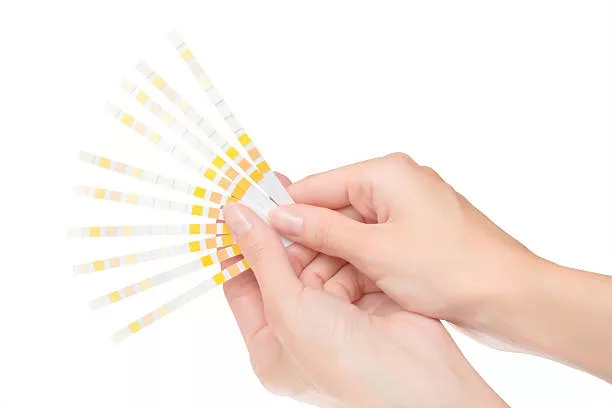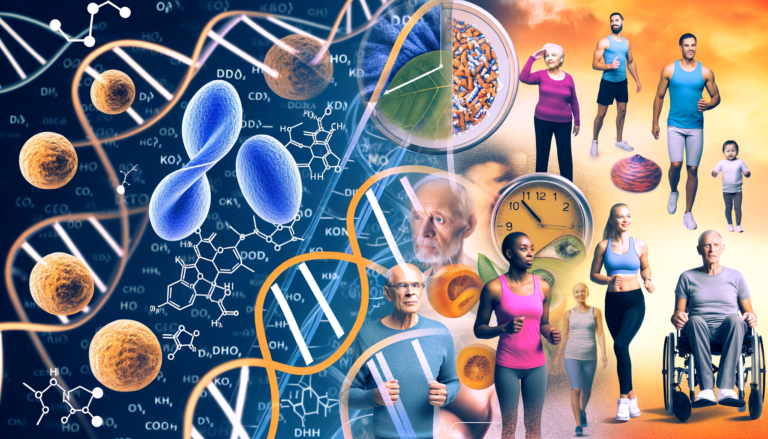Infrared Light Therapy (ILT) has surged in popularity as a non-invasive, drug-free solution for pain relief, skin health, and recovery. Yet, despite its growing use, misinformation about how it works—and what it can actually achieve—continues to spread. These myths not only confuse potential users but can also lead to unrealistic expectations or even unsafe practices. In this blog, we’ll dismantle the most persistent misconceptions about ILT, starting with the first three. By separating fact from fiction, you’ll gain the clarity needed to use this therapy safely and effectively.
What Is Infrared Light Therapy (ILT)?
Infrared Light Therapy uses specific wavelengths of light (700 nm to 1 mm) to penetrate the skin and stimulate cellular repair, reduce inflammation, and improve circulation. Unlike UV light, it doesn’t damage DNA or cause sunburn. Instead, it harnesses the power of photobiomodulation—a process where light energy is absorbed by cells to boost mitochondrial function, accelerating healing and regeneration.
There are three types of infrared light, each with distinct therapeutic roles:
1. Near-Infrared (NIR): Shallow penetration for skin repair.
2. Mid-Infrared (MIR): Moderate penetration for muscle relaxation.
3. Far-Infrared (FIR): Deep penetration for joint pain and detoxification.
Now, let’s tackle the first three myths holding people back from using ILT effectively.
Myth 1: “Infrared light is the same as UV light and can damage the skin.”
The Myth:
Many assume all “invisible light” is harmful, lumping infrared with ultraviolet (UV) rays, notorious for causing sunburns and skin cancer.
The Fact:
◦ UV vs. Infrared: UV light is ionizing radiation, meaning it carries enough energy to break chemical bonds and damage DNA. Infrared, however, is non-ionizing—it doesn’t alter DNA or cause cancer.
◦ Safety First: Organizations like the World Health Organization (WHO) classify infrared as safe for therapeutic use. While industrial-grade IR (e.g., welding arcs) can cause thermal burns, consumer ILT devices are designed to emit controlled, safe wavelengths.
◦ Skin Benefits: Far from harming skin, studies show ILT can improve conditions like acne, eczema, and wrinkles by boosting collagen production and reducing inflammation.
Takeaway:
ILT is not UV light. When used as directed, it’s a safe, skin-friendly therapy.
Myth 2: “The more heat you feel, the more effective it is.”
The Myth:
People often equate intense heat with better results, assuming a “hotter” device means deeper healing.
The Fact:
◦ Heat ≠ Effectiveness: ILT works through light energy, not thermal energy. Near-infrared devices, for example, often produce little to no heat yet are clinically proven to penetrate deeply and stimulate cellular repair.
◦ The Danger of Overheating: Excessive heat can reduce efficacy by dilating blood vessels, which scatters light energy away from target tissues. For example, low-level laser therapy (LLLT) devices—which feel “cold”—are FDA-cleared for pain relief precisely because they prioritize light delivery over heat.
◦ Focus on Wavelengths: The key to effectiveness lies in using the correct wavelength (e.g., 810–850 nm for joint pain) and sufficient irradiance (light power density).
Takeaway:
Don’t judge your device by its heat output. Prioritize wavelength and irradiance instead.
Myth 3: “It works instantly.”
The Myth:
Ads promising “instant pain relief” or “overnight skin repair” lead many to expect immediate miracles.
The Fact:
◦ Chronic vs. Acute Conditions: While acute issues (e.g., post-workout soreness) may improve after 1–2 sessions, chronic conditions (arthritis, neuropathy) require consistent use over weeks or months.
◦ Why It Takes Time: Photobiomodulation works by gradually restoring cellular energy (ATP) production, reducing oxidative stress, and repairing damaged tissues. A 2021 study in Pain Research & Management found arthritis patients needed 8 weeks of daily NIR therapy to report significant pain reduction.
◦ Patience Pays Off: Think of ILT like exercise or a healthy diet—its benefits compound with regular use.
Takeaway:
ILT is a marathon, not a sprint. Stick to a routine to see lasting results.
Myth 4: “Any red or infrared light will work.”
The Myth:
Bargain-bin LED panels or generic “red light” products flood online markets, leaving users convinced that all red or infrared light devices are created equal.
The Fact:
◦ Wavelengths Are Critical:
Therapeutic effects hinge on specific wavelengths:
▪ 630–660 nm (Red Light): Stimulates collagen, repairs surface wounds, and reduces acne.
▪ 810–850 nm (Near-Infrared): Penetrates deep into muscles, joints, and nerves for systemic healing.
Cheap devices often use ineffective wavelengths (e.g., 700 nm or 950 nm), which lack scientific backing.
◦ Power Density Matters:
Irradiance (measured in mW/cm²) determines how much energy reaches your cells. FDA-cleared devices deliver 100–200 mW/cm², while many budget options fall below 50 mW/cm², requiring impractical session lengths (e.g., 1+ hours) to match results.
◦ Beware of “Multiwavelength” Gimmicks:
Some devices claim to cover “all therapeutic ranges” but spread power too thinly across wavelengths, reducing efficacy.
Takeaway:
Invest in devices that specify clinically proven wavelengths (630–660 nm or 810–850 nm) and sufficient irradiance. Look for FDA clearance or peer-reviewed studies validating claims.
Myth 5: “It cures diseases.”
The Myth:
Overzealous marketers tout ILT as a miracle cure for cancer, diabetes, or autoimmune diseases, preying on vulnerable individuals.
The Fact:
◦ ILT Is Adjunctive, Not Curative:
While studies show ILT can support symptom management (e.g., reducing arthritis pain or accelerating diabetic wound healing), it doesn’t replace conventional treatments like chemotherapy, insulin, or immunosuppressants.
◦ FDA Clears, Doesn’t Cure:
The FDA clears ILT devices for specific, limited claims like “temporary relief of muscle pain” or “improving local blood circulation.” Any claims of curing diseases are red flags for scams.
◦ The Science So Far:
A 2023 meta-analysis in The Lancet concluded that ILT shows promise for conditions like osteoarthritis and neuropathy but emphasized it should be used alongside—not instead of—standard care.
Takeaway:
ILT is a tool, not a magic bullet. Pair it with medical advice for chronic conditions.
Myth 6: “It’s unsafe for everyone.”
The Myth:
Fearmongering articles label ILT as “risky” or “untested,” scaring off potential users.
The Fact:
◦ Safety Profile:
ILT is non-invasive and non-toxic. A 2020 review in Photodermatology, Photoimmunology & Photomedicine found <1% risk of side effects (mild redness or dryness) with proper use.
◦ Who Should Avoid ILT?
▪ Pregnant Women: Limited data on fetal safety; better to avoid abdominal use.
▪ Photosensitivity Disorders: Lupus, porphyria, or those taking photosensitizing drugs (e.g., tetracyclines, antipsychotics).
▪ Active Cancer: Avoid direct irradiation of tumors (theoretical risk of stimulating malignant cells).
◦ Consult, Don’t Assume:
Most people can safely use ILT. When in doubt, ask a dermatologist or physiotherapist for guidance.
Takeaway:
ILT is safe for the majority of users. Exceptions exist but are rare and manageable with professional input.
Myth 7: “More exposure is always better.”
The Myth:
Users assume doubling session length or frequency will double results—leading to frustration or even adverse effects.
The Fact:
• The Biphasic Dose Response:
Cells absorb light energy up to a saturation point, beyond which benefits plateau or reverse. For example:
▪ Optimal: 10–20 minutes/session stimulates ATP production.
▪ Excessive: 30+ minutes/session can reduce cellular energy and cause oxidative stress.
• Study-Backed Limits:
A 2022 study in Lasers in Medical Science found that chronic wound patients healed fastest with 5–10 minutes/day of 660 nm light. Longer sessions delayed recovery.
• Follow Protocols:
Reputable brands provide session guidelines based on clinical research. Straying from these risks wasting time or causing irritation.
Takeaway:
More isn’t better. Stick to tested protocols for safe, effective results.
Conclusion: Using ILT Wisely
Infrared Light Therapy is a powerful, science-backed tool—but only when approached with realistic expectations and an understanding of its limits. Let’s recap the key lessons from Parts 1 and 2:
1. ILT ≠ UV light—it’s safe for skin and cells.
2. Heat doesn’t equal effectiveness—wavelengths and irradiance matter most.
3. Patience is key—chronic issues require consistency.
4. Not all devices work—choose clinically validated wavelengths.
5. ILT isn’t a cure—it’s a supplement to proven treatments.
6. Safety first—exceptions are rare but worth noting.
7. Dose carefully—follow protocols to avoid diminishing returns.
By embracing these principles, you can confidently integrate ILT into your wellness routine, avoiding pitfalls and maximizing benefits. Whether you’re easing joint pain, recovering from a workout, or rejuvenating your skin, ILT shines brightest when used as part of a holistic, evidence-based strategy.
Got questions? Share them below or consult a healthcare provider to tailor ILT to your needs. Here’s to brighter, healthier days ahead! 🌟
